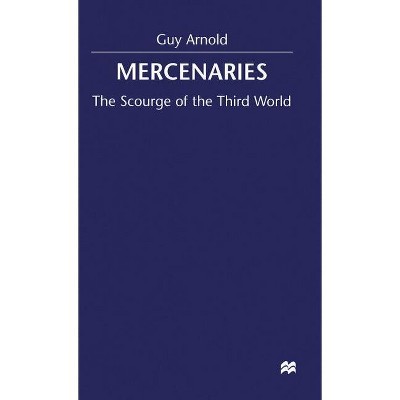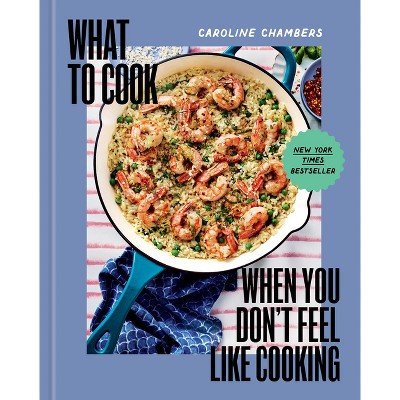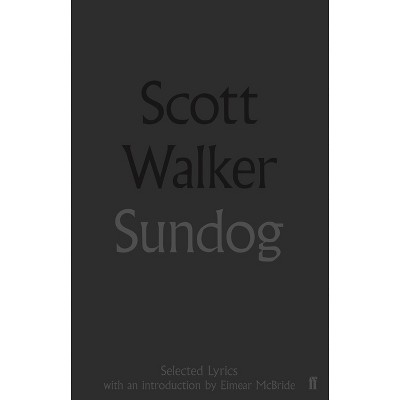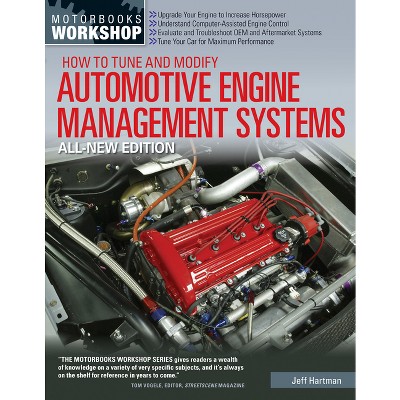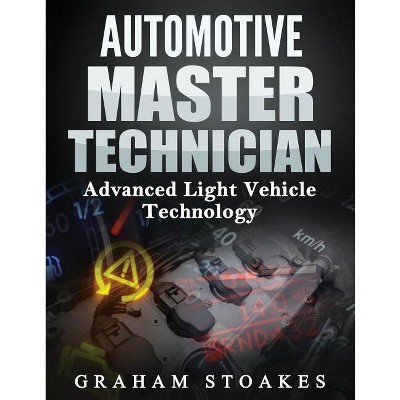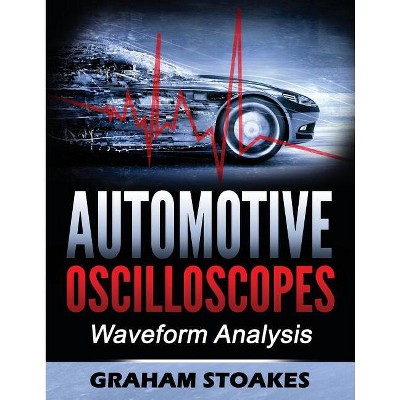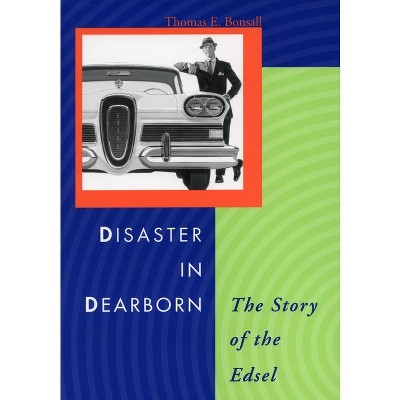Sponsored

The Automotive Gray Market - by John B Hege (Paperback)
In Stock
Sponsored
About this item
Highlights
- In the 1970s, as car enthusiasts in the U.S. grew bored with models manufactured under tightening pollution and safety regulations, some innovative dealers exploited a legal loophole--designed to allow U.S. soldiers and diplomats to return from abroad with their vehicles--to import exotic cars never intended for sale in America.
- About the Author: John B. Hege is a retired import auto mechanic from North Carolina who worked in gray market "conversion" shops during the peak years of 1985 and 1986.
- 191 Pages
- Transportation, automotive
Description
About the Book
"In the 1970s, as car enthusiasts in the U.S. grew bored with models manufactured under tightening pollution and safety regulations, some innovative dealers exploited a legal loophole--designed to allow U.S. soldiers and diplomats to return from abroad with their vehicles--to import exotic cars never intended for sale in America. During the 1980s, a rise in the value of the dollar made car shopping in Europe a bargain hunter's dream. A network of unauthorized "gray market" dealers emerged, bypassing factory channels. Middle-class Americans suddenly found they could afford a Mercedes or BMW. These cars had to pass through U.S. customs, equipped to handle only a few independent imports annually. As applications ballooned, the regulatory system collapsed. This is the story of a misunderstood but fascinating period in the automotive industry, when creative importers found ways to put American motorists in new Ferraris while the EPA and DOT were backed up with mounds of paperwork"--Book Synopsis
In the 1970s, as car enthusiasts in the U.S. grew bored with models manufactured under tightening pollution and safety regulations, some innovative dealers exploited a legal loophole--designed to allow U.S. soldiers and diplomats to return from abroad with their vehicles--to import exotic cars never intended for sale in America. During the 1980s, a rise in the value of the dollar made car shopping in Europe a bargain hunter's dream. A network of unauthorized "gray market" importers and conversion shops emerged, bypassing factory channels and retrofitting cars to meet U.S. regulations and emission standards--at least in theory.
These cars had to pass through U.S. customs, a system equipped to handle only a few independent imports annually. As applications ballooned, the regulatory system collapsed. This is the story of a misunderstood but fascinating period in the automotive industry, when creative importers found ways to put American motorists in new Ferraris while the EPA and DOT were backed up with mounds of paperwork.
Review Quotes
"Clearly written first-hand account. It's readable and enlightening."-Speed Readers
"Readable and enlightening"-Antique Automobile
About the Author
John B. Hege is a retired import auto mechanic from North Carolina who worked in gray market "conversion" shops during the peak years of 1985 and 1986. He wrote this work because he wanted to share some unique stories about a very poorly understood period of automotive history in America.Shipping details
Return details
Trending Non-Fiction





